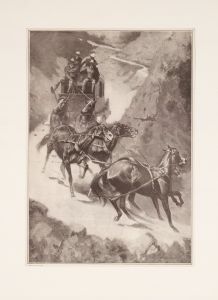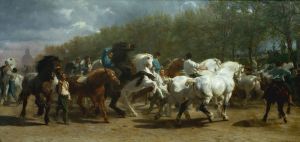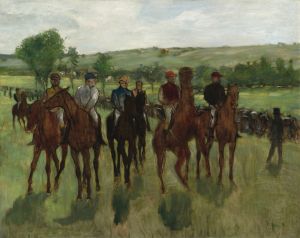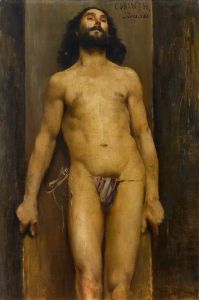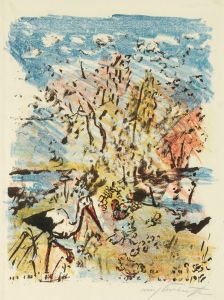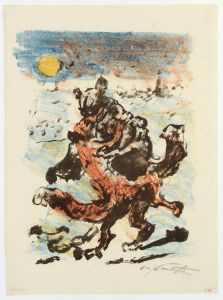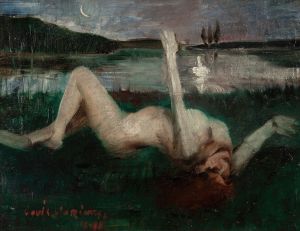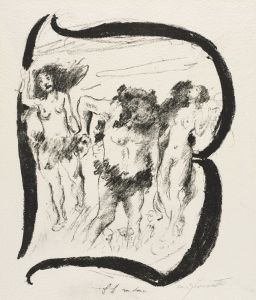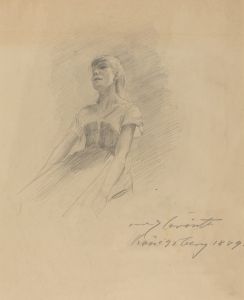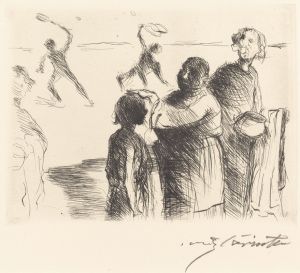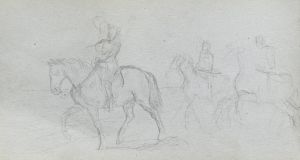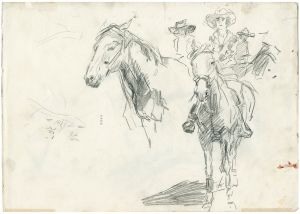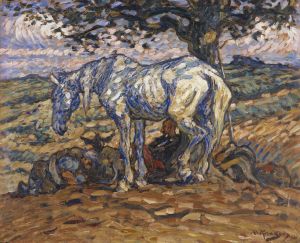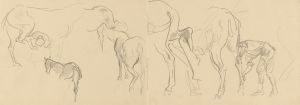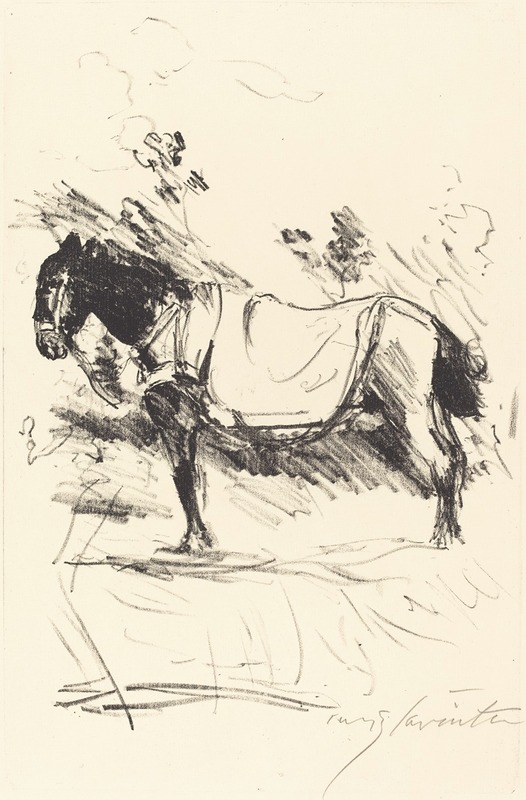
Riding-Horse
A hand-painted replica of Lovis Corinth’s masterpiece Riding-Horse, meticulously crafted by professional artists to capture the true essence of the original. Each piece is created with museum-quality canvas and rare mineral pigments, carefully painted by experienced artists with delicate brushstrokes and rich, layered colors to perfectly recreate the texture of the original artwork. Unlike machine-printed reproductions, this hand-painted version brings the painting to life, infused with the artist’s emotions and skill in every stroke. Whether for personal collection or home decoration, it instantly elevates the artistic atmosphere of any space.
Lovis Corinth (1858–1925) was a German painter and printmaker whose work spanned the late 19th and early 20th centuries. He is known for his contributions to the German Impressionist movement and later to Expressionism. One of his notable works is "Riding-Horse," which showcases his distinctive style and artistic evolution.
"Riding-Horse" is a painting created by Corinth, though the exact date of its creation is not specified in widely available sources. The painting depicts a horse, a subject that Corinth explored in various other works throughout his career. His interest in equine subjects can be traced back to his early years, and he often portrayed horses with a sense of dynamism and vitality.
In "Riding-Horse," Corinth employs a loose, expressive brushwork that characterizes much of his mature style. This approach allows him to capture the movement and energy of the horse, emphasizing its muscular form and the play of light on its body. The background of the painting is rendered in a more abstract manner, which serves to highlight the central figure of the horse.
Corinth's use of color in "Riding-Horse" is also notable. He often used a rich, vibrant palette to bring his subjects to life, and this painting is no exception. The interplay of colors adds depth and dimension to the horse, making it appear almost lifelike. This technique reflects Corinth's mastery of color and his ability to convey emotion and atmosphere through his paintings.
Throughout his career, Corinth was influenced by various artistic movements and styles. He studied at the Academy of Fine Arts in Munich and later in Paris, where he was exposed to the works of the French Impressionists. These experiences shaped his early work, which often featured a more naturalistic approach. However, as he matured as an artist, he began to incorporate elements of Expressionism into his work, as seen in the more dynamic and emotive qualities of "Riding-Horse."
Corinth's personal life and experiences also had a significant impact on his art. He suffered a stroke in 1911, which affected his ability to paint. However, he continued to work with determination, and his later works, including "Riding-Horse," often reflect a deeper emotional intensity and a more vigorous brushwork. This resilience and adaptability are evident in the way he continued to explore and innovate in his art despite physical challenges.
"Riding-Horse" is a testament to Lovis Corinth's skill as a painter and his ability to capture the essence of his subjects. The painting remains an important part of his oeuvre, illustrating his transition from Impressionism to a more expressive and dynamic style. It is a work that continues to be appreciated for its technical mastery and its emotional depth.
Overall, "Riding-Horse" by Lovis Corinth is an exemplary piece that highlights the artist's evolution and his enduring impact on the art world. It stands as a significant work within his extensive body of paintings, reflecting both his technical prowess and his expressive capabilities.





